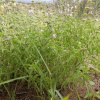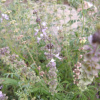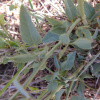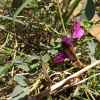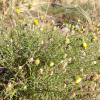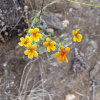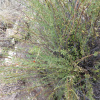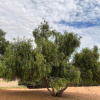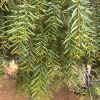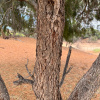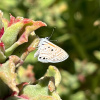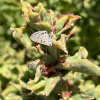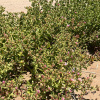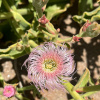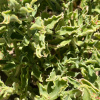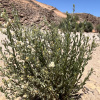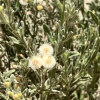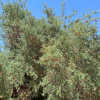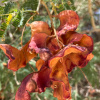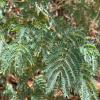Recently added records
The following list of records includes verified records and those awaiting verification of species groups you are interested in which have been recently added in your area.
- Ocimum americanum22.58921S 17.12677E on 08/12/2025 by Tony Robertson, Alice Jarvis
- Otoptera burchellii22.57985S 17.14178E on 02/12/2025 by Tony Robertson, Alice Jarvis
- Pentzia calva22.5792S 17.14401E on 02/12/2025 by Tony Robertson, Alice Jarvis
- Jamesbrittenia lyperioides22.57946S 17.14335E on 02/12/2025 by Tony Robertson, Alice Jarvis
- Joker, Spotted(Byblia ilithyia)
22.58256S 17.11433E on 06/12/2025 by Tony Robertson, Alice Jarvis - Euclea pseudebenus23.55634S 15.02791E on 05/12/2025 by Kashikola, Patemoshela
- *Unknown butterfly23.5619S 15.04011E on 04/12/2025 by Kashikola, Patemoshela
- *Unknown23.5619S 15.04011E on 04/12/2025 by Kashikola, Patemoshela
- Laggera decurrens23.65193S 15.21297E on 04/12/2025 by Kashikola, Patemoshela
- Faidherbia albida23.66572S 15.29177E on 04/12/2025 by Kashikola, Patemoshela










































